
Most Florida gardeners are starting to plan our fall gardens right about now. Even if it’s still way too hot to work outside. We can sit indoors in the air conditioning with a sweet tea, watching the storms, dreaming of an abundance of vegetables in just a few months. But what vegetable varieties are you planning?
If you’re wondering what vegetables to grow in Florida, the answer is all of them!
English plantswoman and gardening icon Beth Chatto taught us “Right plant, right place.”
In Florida, we get another dimension – the right time.
We’re heading for fall. We’re ready for fall. We know when. We even know where.
All we need now is to know which are the right plants.
Understanding Vegetable Varieties
Plants fall into different families, and these are separated into different genera, and then different species.
Within species, say, tomatoes, you’ll find different “varieties.” Some are natural varieties produced by mutation. Others have been cultivated by people for specific characteristics..
Plant Families
Plants in the same families share similar characteristics in their germination, growth, flowering, and fruiting habits. Some of the most common plant families in home gardening include these plant families.
Many gardeners swear by rotating every plot on their land by these plant families. Theoretically, any soil disease or pest that develops over one season is sure to damage the same type of plant in the following season.
The issue of nutrients is also a factor. Some plant families all require a great deal of nitrogen. Repeatedly growing members of these plant families in the same plot can lead to nitrogen depletion and poor results.
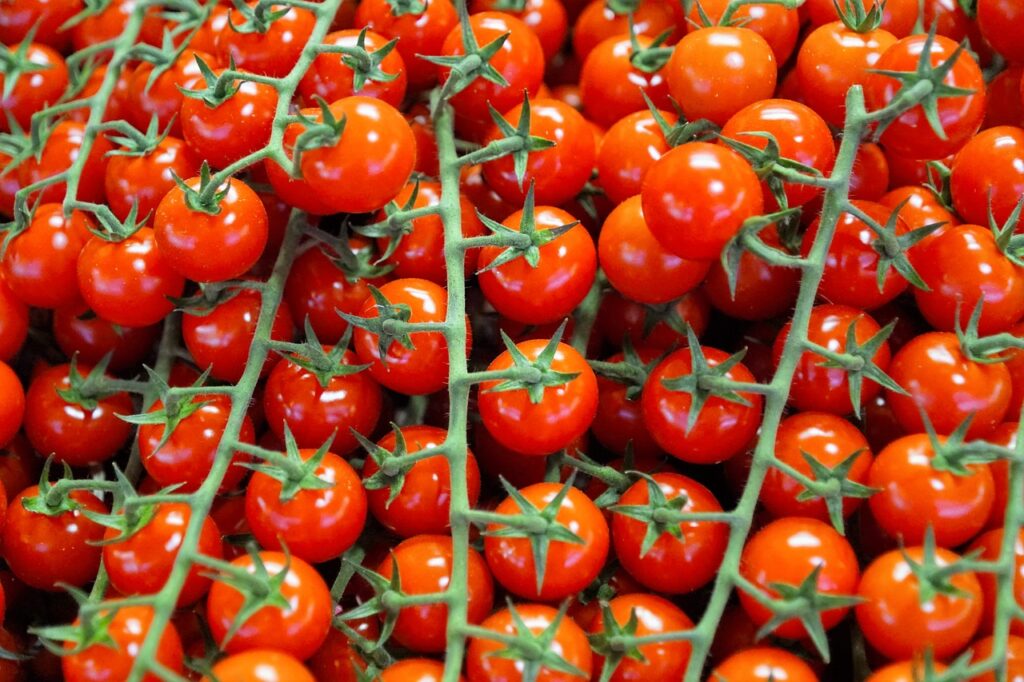
Common Plant Families in Gardening
While not wholly inclusive, the following represent some of the more common plant families in home gardens.
Solanaceae
Also known as the “nightshade” family, this group includes some of the most popular home garden vegetables.
- Tomatoes
- Peppers
- Eggplants
- Tomatillo
- Irish Potatoes
Cucurbitaceae
We often refer to these as cucurbits, and this family (for gardening purposes) includes many vining gourds:
- Cucumbers
- Pumpkins
- Zucchini
- Butternut squash
- Melons
Fabaceae
This is the legume family, which are those that harvest nitrogen from the atmosphere and store it in nodules in their roots. This includes a wide range of garden beans as well as other crops, like clover and alfalfa, which fix nitrogen into the soil in the same way.
- Bush beans
- Pole beans
- English Peas
- Snow peas
- Southern peas
Brassicaceae
Commonly referred to as cole crops, the brassicas include all those wonderful winter vegetables with dark green and delicious leaves.
- Broccoli
- Mustard greens
- Cabbages
- Collards
- Turnips
- Radishes
Alliaceae
Even a homegrown meal would be a little dull without these members of the onion, or allium, family.
- Onions
- Green onions
- Garlic
- Shallots
- Chives
Lamiaceae
Many of our culinary herbs are members of this family, often called the “mint” family.
- Mint
- Basil
- Rosemary
- Sage
- Oregano
Apiaceae
These cool-season crops are all members of the parsley family, and include:
- Carrots
- Parsley
- Cilantro
- Fennel
- Celery
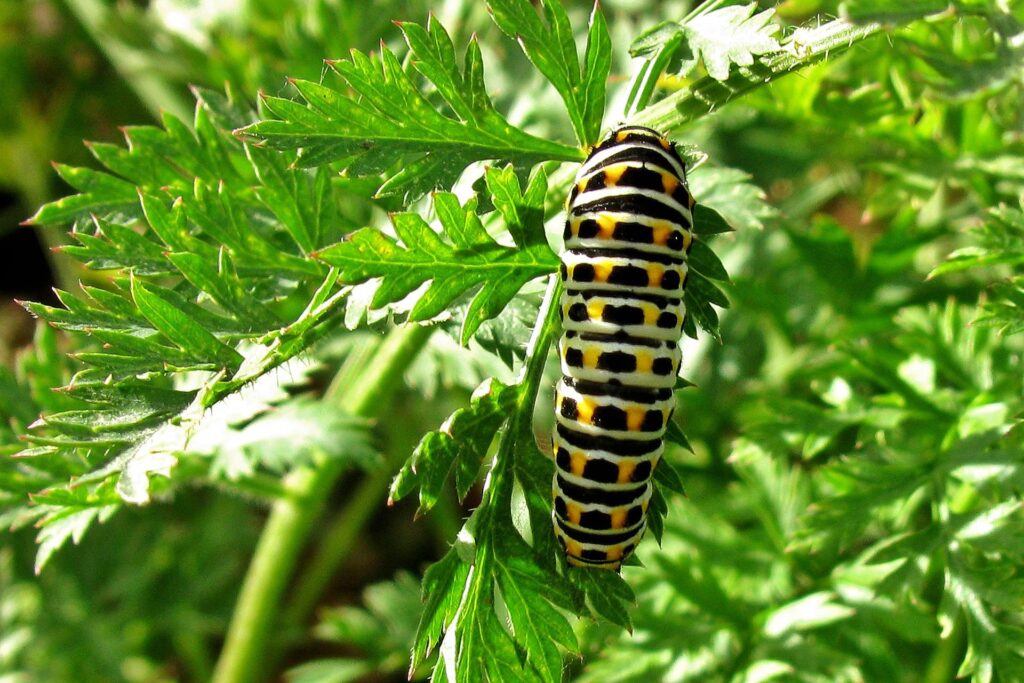
Chenopodiaceae
We don’t normally call these by their common name, the “Goosefoot” family, but this group includes:
- Beets
- Chard
- Spinach
Asteraceae
Although they look nothing alike, many home gardeners grow members of the “aster” family in their home gardens:
- Lettuce
- Artichoke
- Sunflower
Vegetable Varieties and Hybrids
So, if you’re wondering which of these vegetables to grow in Florida, the answer is any of them that you want, as long as you plant in the right season for our wonky weather. However, if you want to improve your rate of success, you’ll look for varieties that have proven themselves in our climate.
What are Vegetable Varieties
You may have heard the term “variety” or may have seen the term “cultivar.” Many gardeners use them interchangeably, and I suppose I am one of them, although I know better.
When it comes to vegetables, however, home gardeners only need to understand the difference between a variety and a hybrid. Especially if you grow from seed.
Varieties are a type of plant that is in all important aspects just like any other member of its species. However, it has demonstrated a small difference, such as the color of the flower or the shape of the fruit.
Nature is wonderful. It’s always mutating to fill the gaps.
Gardening in Florida is one of those gaps. Trying to grow vegetables that most of us recognize and want to eat in a subtropical climate is definitely a specialized niche. A gap, as it were.
So, you may find that some naturally occurring varieties do better in our climate than others. In some cases, careful scientists from our heroic Ag Department have spent years nurturing these sports to ensure they will perform true to type.
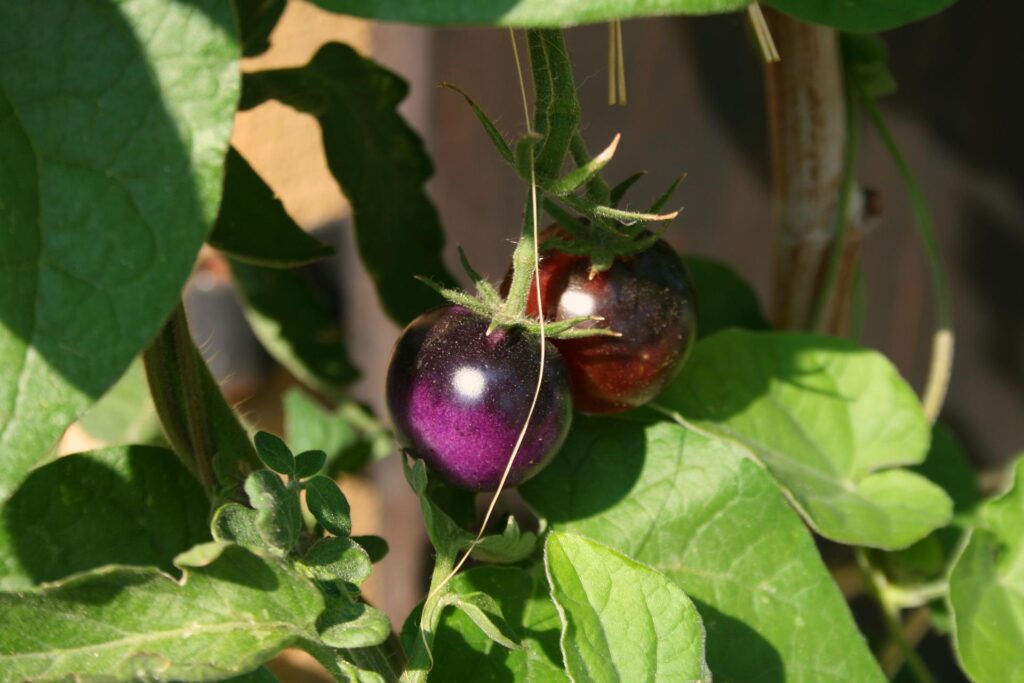
What are Vegetable Hybrids
Then there are hybrids. Hybrid seeds are often one-offs that have been bred to perform in specific conditions.
- F1 Hybrid: A combination of two distinct varieties of plants that will produce a known result.
- F2 Hybrid: Seeds produced by self or open pollination in F1 plant fruits
- F3 Hybrid: Seeds produced by self or open pollination F2 plants
You’ll rarely find F2 or F3 seeds for sale because the results can vary so much. You may collect them and experiment with them.
You’ll definitely find plenty of F1 Hybrid plant seeds on the market when you’re shopping for your fall garden. They have some distinct advantages and two very solid disadvantages.
Pros
- Bred for a unique or particularly attractive appearance
- Combines the best of two parent varieties
- Generally produced to be resistant to several diseases
Cons
- Usually expensive
- Not a good candidate for seed saving
Choosing the Best Vegetable Varieties for Florida Gardens
Now you know a few of the basics about what constitutes a variety and a hybrid. You’re going to want to know which ones the best for your garden.
YMMV – which to me, in gardening, means, “Your Microclimate May Vary.”
I’ve collected some varieties (and hybrids) for consideration. These selections have been recommended by Florida state Ag experts or other experienced growers. Some have been solid gold winners for me.
Some are heirlooms, some are simply open-pollinated, and some are hybrids. Knowing which they are can help you decide to buy or not. This may depend on your budget and your desire to save seed for next season.
All are in alphabetical order.
Bush Beans
- Annihilator
- Bush Blue Lake
- Cherokee Wax
- Contender
- Roma II
- Royal burgundy
- Tenderette
- Tendergreen improved
Pole Beans
- Blue Lake
- Dixie Butterpea Lima beans
- Early Thorogreen Lima beans
- Foodhook 242 Lima beans
- Kentucky Wonder
- McCaslan
- Storage / Shell Beans
- Wase Adzuki
Beans, Long/Snake
- Kurosanjaku
- Mosaic Yardlong Beans
- Red Noodle
- White Seeded
- You Fong Wong Yardlong Beans
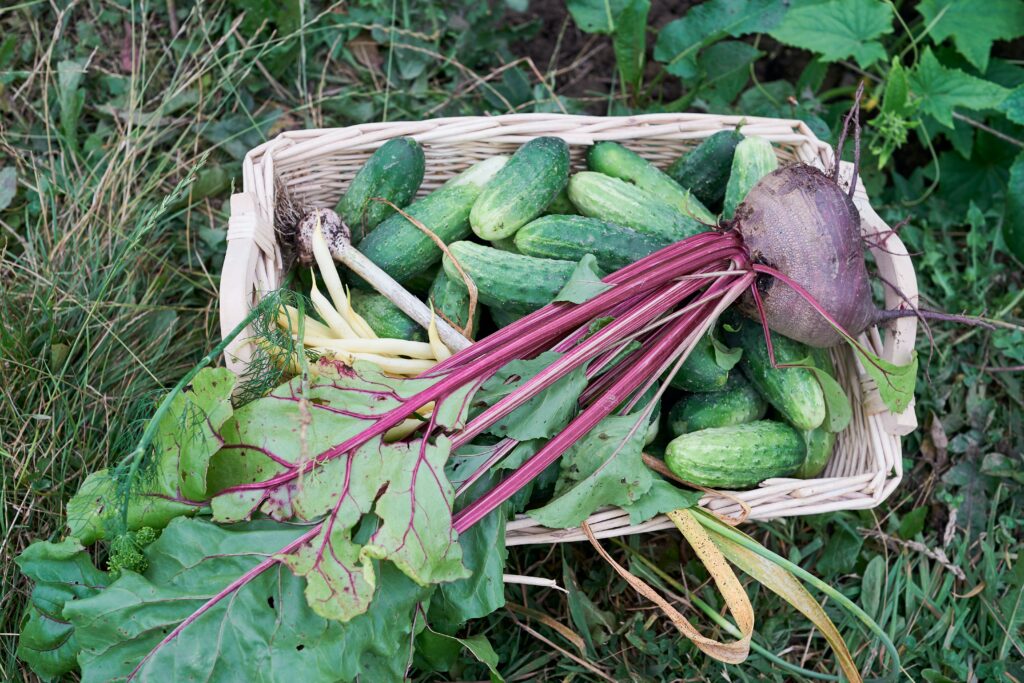
Beets
- Asgrow Wonder
- Cylindra
- Detroit Dark Red
- Early Wonder
- Green Top
- Little Ball
- Pacemaker III
- Red Ace
Heading Broccoli
- Early Dividend
- Early Green
- Green Duke
- Green Goliath
- Green Sprouting
- Packman
- Waltham
Sprouting/Flowering Broccoli
- Calabrese
- De Cicco
- Piracicaba
Brussels Sprouts
- Jade Cross
- Long Island Improved
Cabbage
- Bravo
- Bronco
- Copenhagen market
- Flat Dutch
- Rio Verde
- Round Dutch
- Savoy Red Acre
- Wakefield
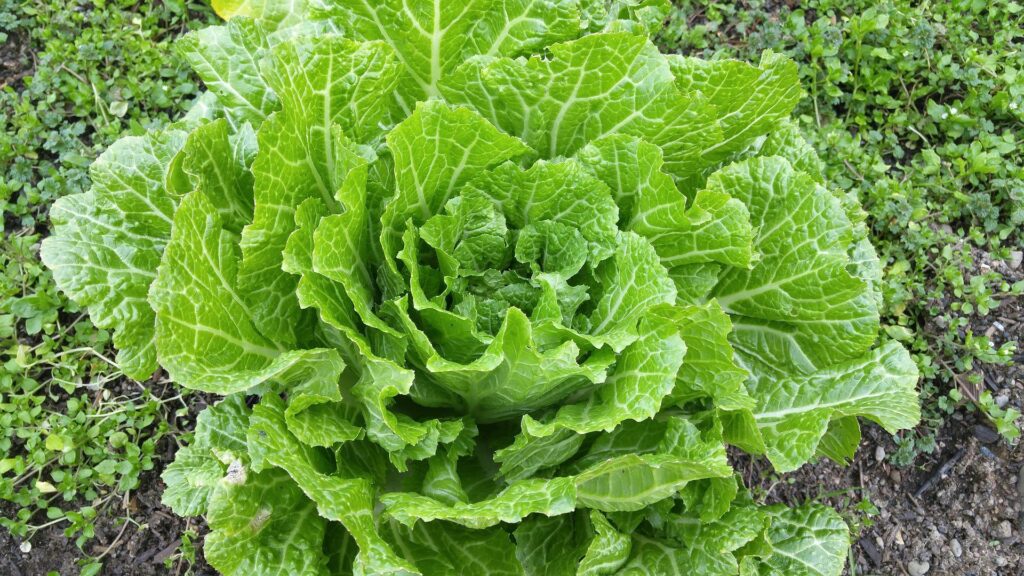
Asian Greens and Cabbages
- Cabbage Blues
- Choho Hybrid Tatsoi
- Early Mizuna
- Green Rocket
- Green Spray Mibuna
- Jung Green
- Kosaitai
- Okame Hybrid Spinach
- Red Komatsuna Tatsoi
- Shuka Flowering
- Tokyo Bekana
- Wakamine Green
Melons
- Ambrosia Cantaloupe
- Athena Cantaloupe
- Charleston Grey 133 watermelon
- Crimson Sweet watermelon
- Florida Giant watermelon
- Galia Cantaloupe
- Ginkaku Korean Melon
- Hakucho Charentais Cantaloupe
- Hime Kansen Icebox Watermelon
- Honey Rock Cantaloupe
- Ichiba Kouji Honeydew
- Jubilee Watermelon
- Sugar Baby Watermelon
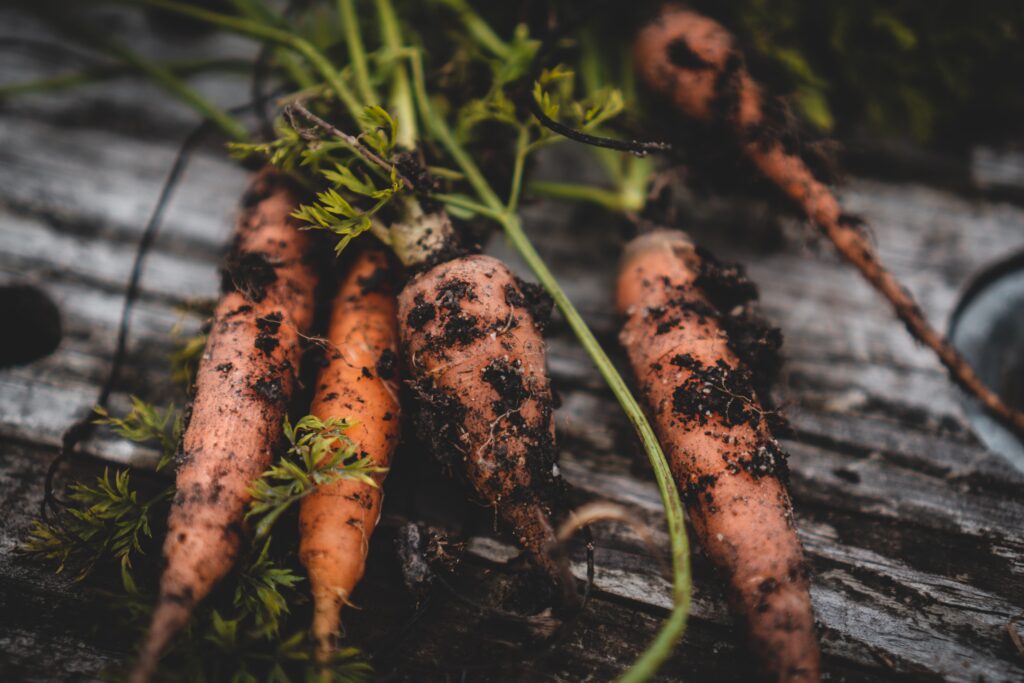
Carrots
- Chantenay
- Danvers
- Imperator 58
- Kuroda Subtropical
- Lunar White
- Nantes
- Purple Haze
- Solar Yellow
- White Satin
Cauliflower
- Brocoverde
- Cheddar
- Graffiti
- Snow Crow
- Snowball
Celery
- Conquistador
- Giant Pascal
- Giant Red
- Golden Pascal
- Utah
Collards
- Georgia
- Georgia Southern
- Morris Heading
- Top Bunch
- Vates
Corn, Sweet
- Early Sunglow
- How Sweet It Is
- Kandy Korn
- Merit
- Peaches and Cream
- Silver Queen
- Sweet Ice
- Sweet Riser
Corn, Field
- Black Aztec
- Bloody butcher
- Blue Clarage
- Hickory King
- Johnson County White
- Mandan Bride
- Reid’s Yellow
- Roy’s Calais
- Seneca Red
- Tennessee Red Cob
- Trucker’s Favorite

Cucumber, Slicing
- Ashley
- Bush Slicer
- Cherokee
- Dasher II
- General Lee
- Greensleeves
- Marketmore 76
- Poinsett
- Sooyow Nishiki
- Speedway
- Summer Dance
- Sweet Success
- Thunder
Cucumber, Pickling
- Boston
- Calypso
- Eureka
- Jackson classic
- Napoleon
- Royal
- Transamerica
Endive
- Batavian Broadleaf
Garlic
- Lorz Italian
- Thermadrone
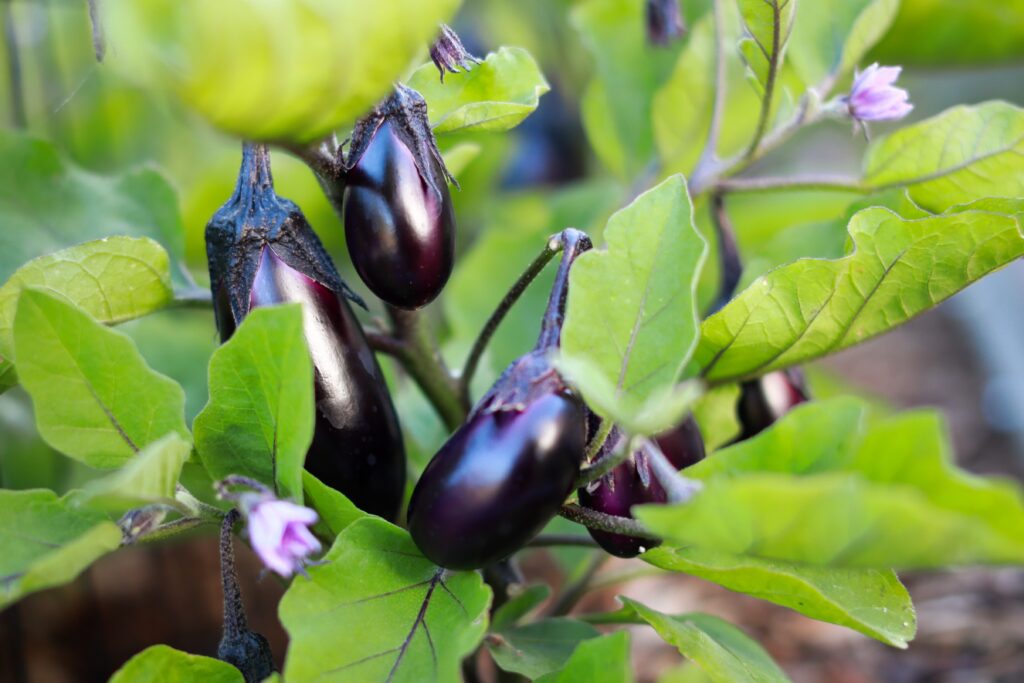
Eggplant
- Asian Bride
- Black Beauty
- Cloud Nine
- Dusky Long
- Florida Market
- Ichiban
- Mizuno Takumi
- Shoyo Long
Kale
- Blue Curled Scotch
- Dwarf Blue
- Lacinato (dinosaur)
- Red Russian
- Siberian
- Suiho Chinese
- Winterbor
Kohlrabi
- Early White Vienna
- Purple Vienna
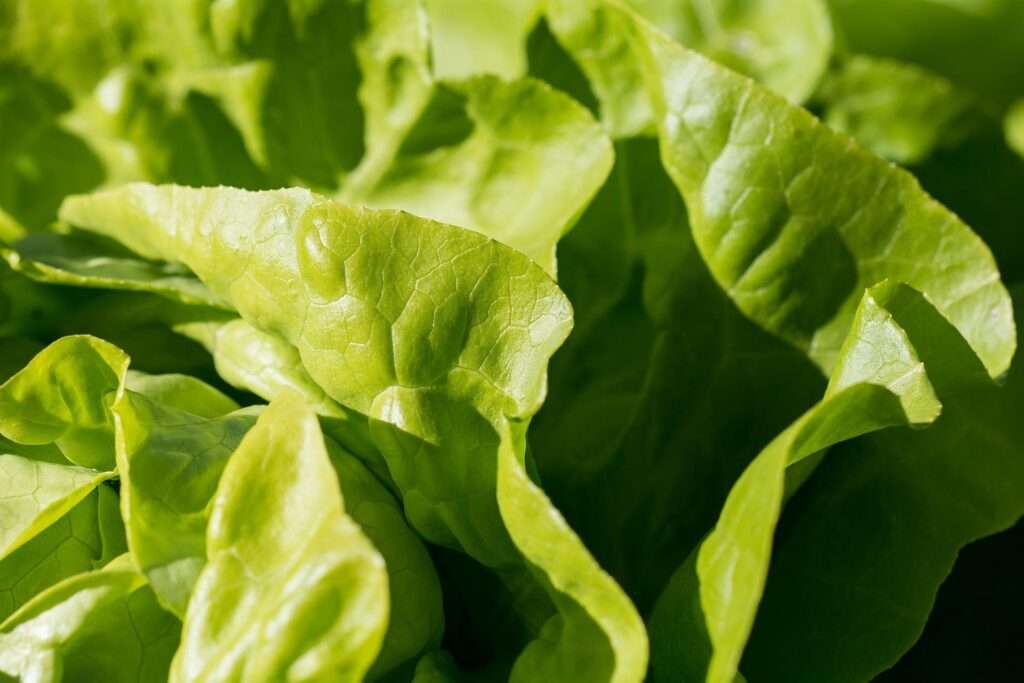
Lettuce
Heading
- Bibb
- Buttercrunch
- Ermosa
- Great Lakes
- Manoa
- Okayama Buttercrunch
- Tom Thumb
Looseleaf
- Black Seeded Simpson
- Oak Leaf
- Red Deer Tongue
- Red Fire Leaf
- Red Sails
- Ruby Red Leaf
- Salad Bowl
Cos
- Jericho Romaine
- Outredgeous
- Parris Island Cos
- Red Romaine
Mustard Greens
- Florida Broadleaf
- Giant Red
- Greenwave
- Southern Giant Curled
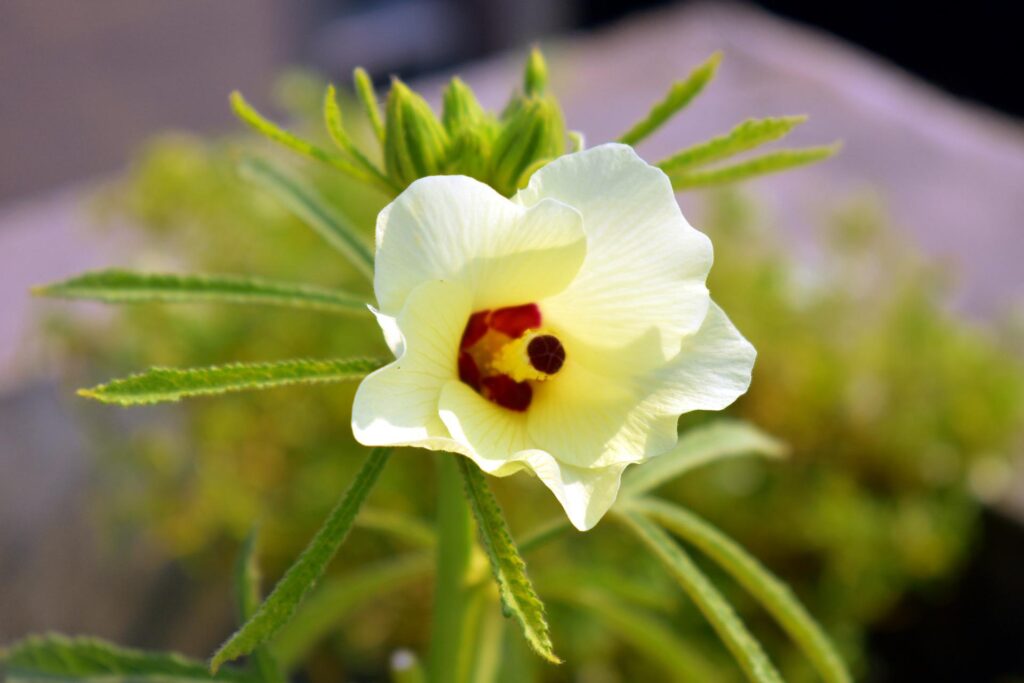
Okra
- Annie Oakley II
- Burgundy
- Cajun Delight
- Clemson Spineless
- Emerald
- Jambalaya
Onion, Bulbing
- Cippolini White
- Granex
- Granex Yellow
- Matador Shallot
- Shonan Red
- Superex “Maui”
- Texas Grano
- Tropicana Red
- White Libson
Onions, Green
- Evergreen bunching
English peas
- Green Arrow
- Oregon Sugarpod II
- Sugar Snap
- Wando
Southern Peas
- California Blackeye No 6
- Hull
- Pinkeye Purple
- Pinkeye Purple Hull cowpeas
- Southern Seminole
- Texas Cream
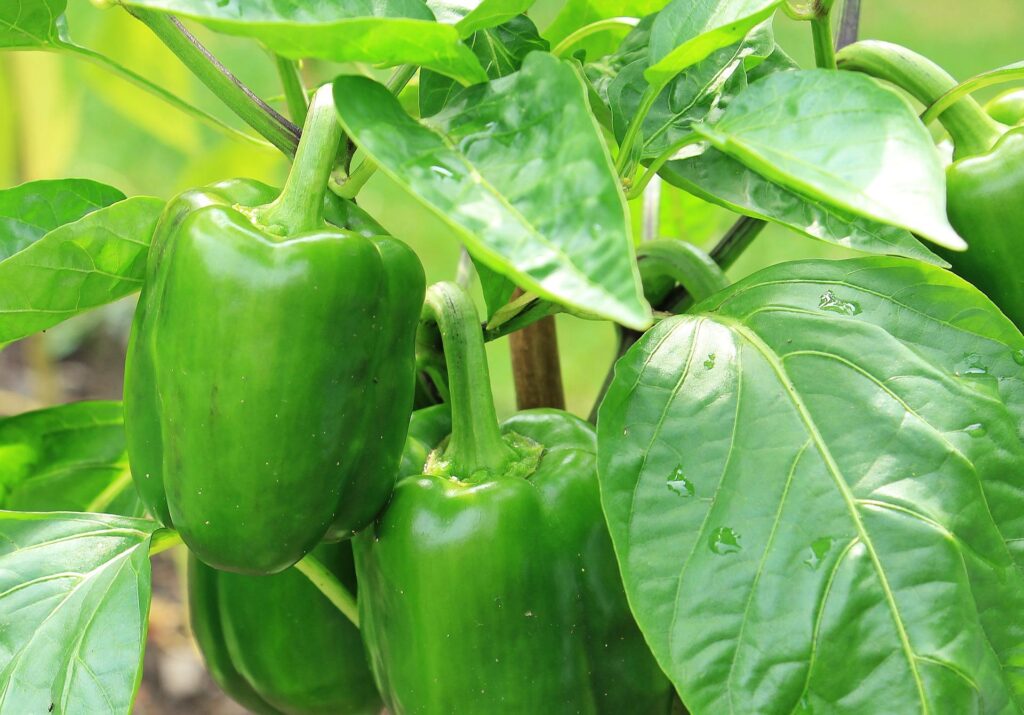
Peppers, Sweet
- Big Bertha
- California Wonder
- Chinese Big Red
- Sweet Banana
Peppers, Hot
- Ancho
- Cayenne
- Ghost pepper
- Habanero
- Hungarian Hot Wax
- Jalapeno
Irish potatoes
- French Fingerling
- Red Pontiac
- Yukon Gold
Pumpkins
- Jack O Lantern
- Seminole
Quinoa
- Brightest Brilliant Rainbow
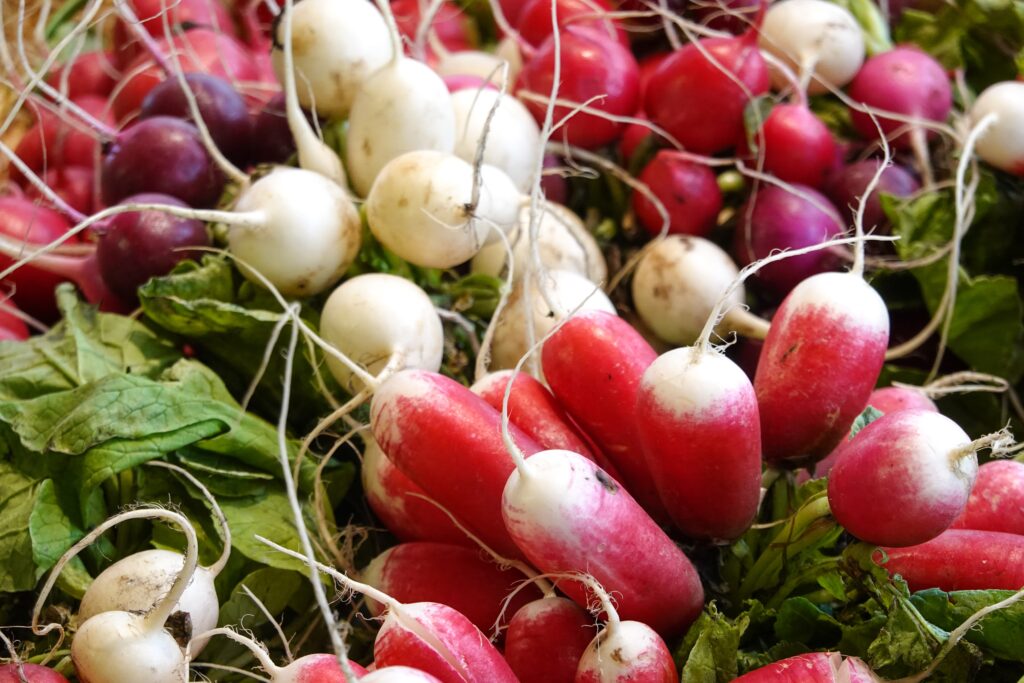
Radish
- Cherry Belle
- French Breakfast
- Giant White Daikon
- Hailtone
- Karaine Daikon
- Mantanghong Beauty
- Scarlet Globe
- Sparkler White
Rutabaga
- American Purple Top
Spinach
- Bloomsdale Longstanding
- Viroflay
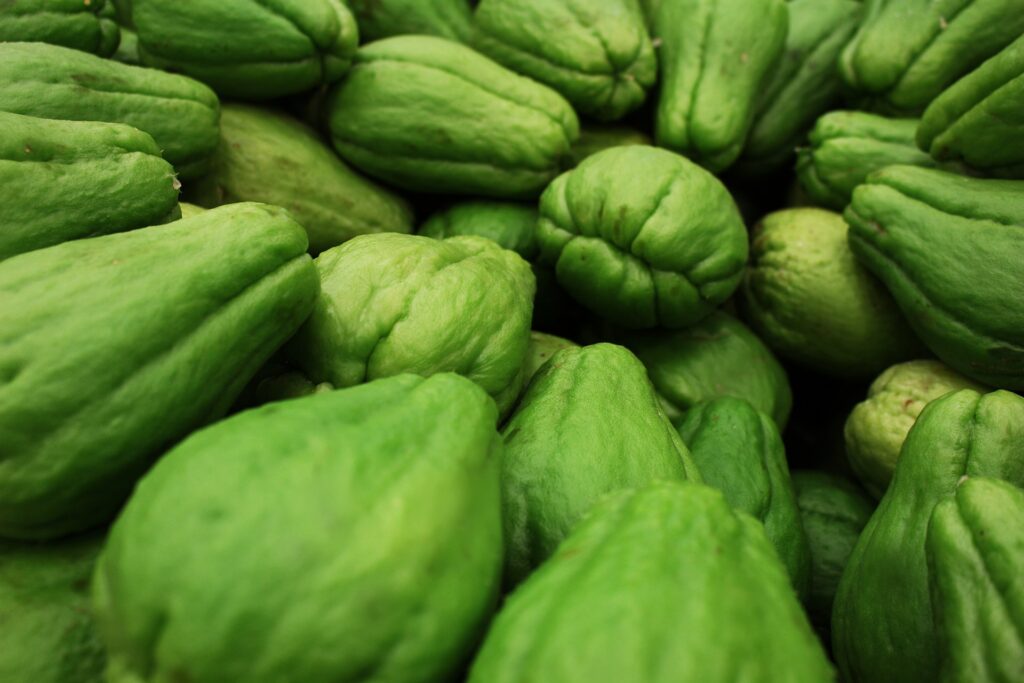
Summer Squash
- Aehobak Korean
- Black Beauty Zucchini
- Chayote
- Cocozelle Zucchini
- Crookneck
- Desert Zucchini hybrid
- Early White Scallop
- Spineless Beauty Zucchini
- Teot Bat Avocado Squash
Winter Squash
- Butterscotch Butternut
- Calabaza
- Spaghetti
- Table Queen Acorn
- Tatume
- Waltham Butternut
Sweet Potatoes
- Beauregard
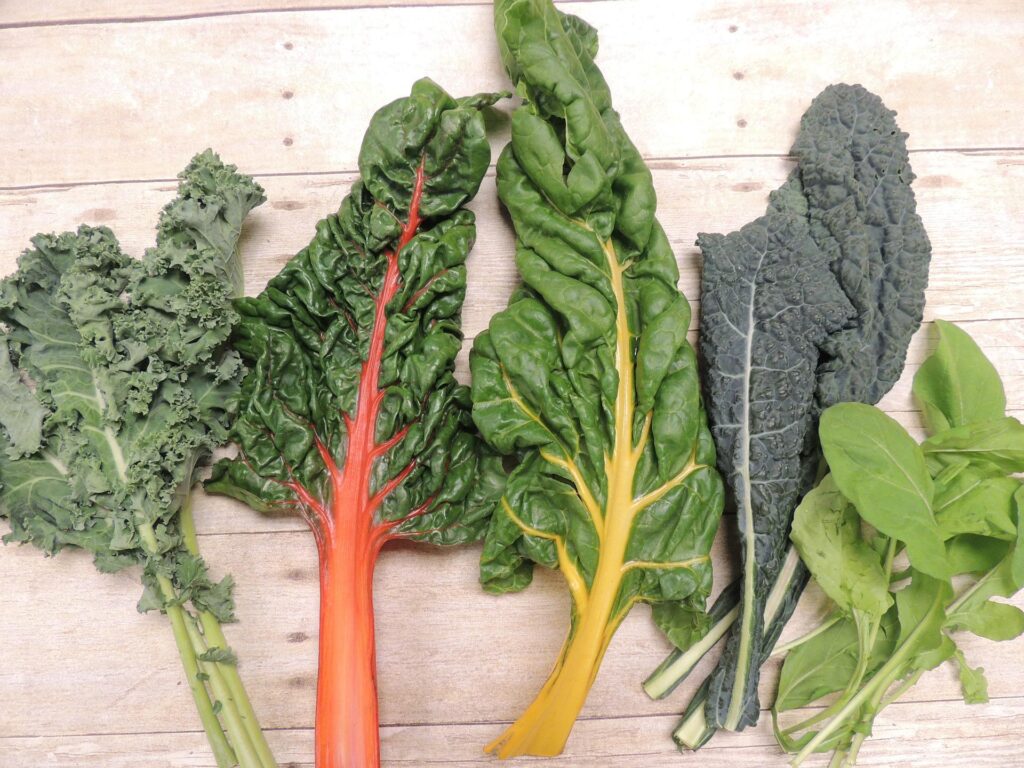
Swiss Chard
- Bright Lights
- Canary
- Fantasia Orange
- Flamingo
- Fordhook Giant
- Perpetual Spinach
- Pink Lipstick
- Red Ruby
Determinate Tomatoes
- Celebrity
- Floradade
- Floragold
- Homestead
- Maraglobe
- Solar Set
- Tasti-lee
Indeterminate Tomatoes
- Amelia
- Better Boy
- Bonnie’s Best
- Celebrity
- Cherokee purple
- Green Zebra
- Heat Wave II
- Mortgage Lifter
Cherry Tomatoes
- Everglades
- Gardener’s Delight
- Sun Gold Cherry
- Sweet 100
- Sweetie
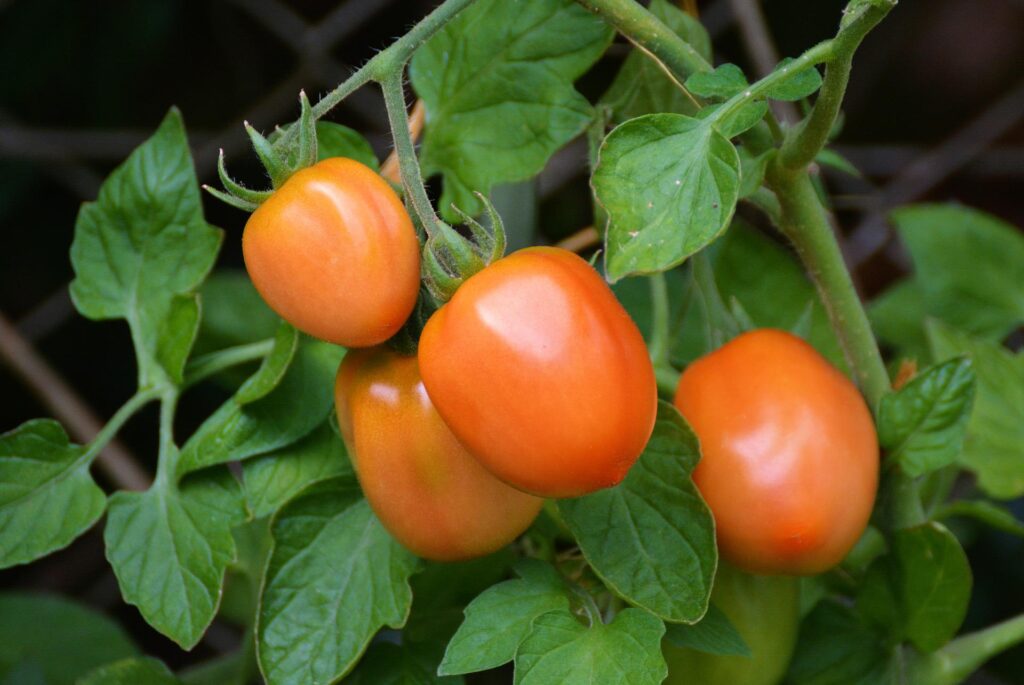
Paste Tomatoes
- San Marzano
Turnips
- Japanese Red Round
- Purple Top White Globe
- Seven Top
Strawberries
- Camarosa
- Chandler
- Festival
- Florida Beauty
- Florida Brilliance
- Florida Radiance
- Oso Grande
- Sweet Charlie
- Sweet Sensation
Tropical Greens
- Green Leaf Amaranth (callaloo)
- Molokhia Egyptian Spinach
- New Zealand spinach
- Red Garnet Amaranth
- White Leaf amaranth
Finding Seeds for the Best Vegetable Varieties to Grow in Florida
It’s not hard to find seeds many vegetable varieties for our subtropical climate. But you will need to look outside the box. Instead of shopping at the big box stores, check out smaller specialty suppliers.
These are some of my favorites:
And if you’re just looking for Floradade tomatoes, you can find them in my online shop.
Several of these are owned by passionate Florida gardeners just like you. Keep it local!
And happy planting!



